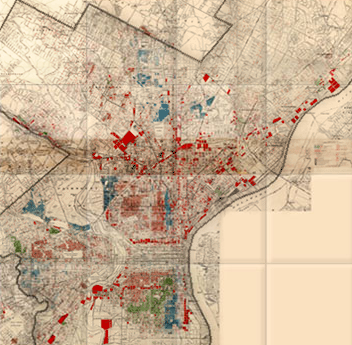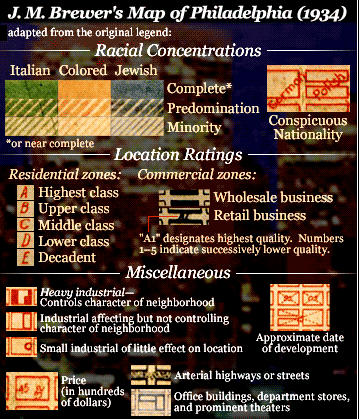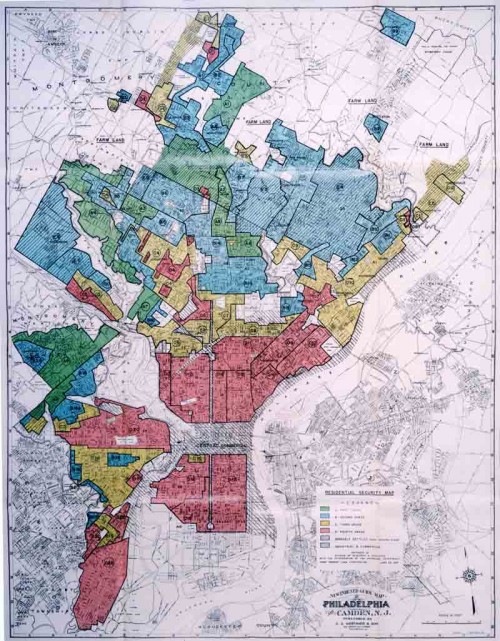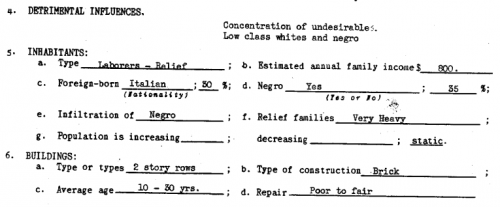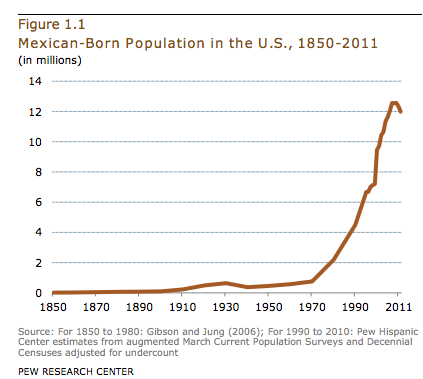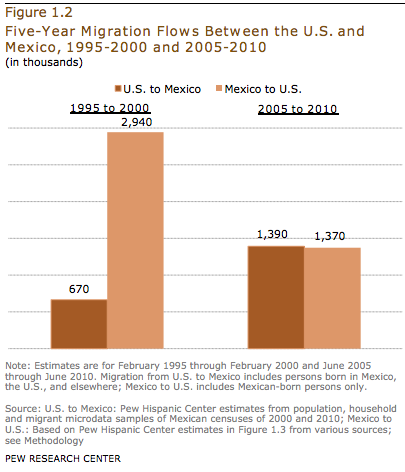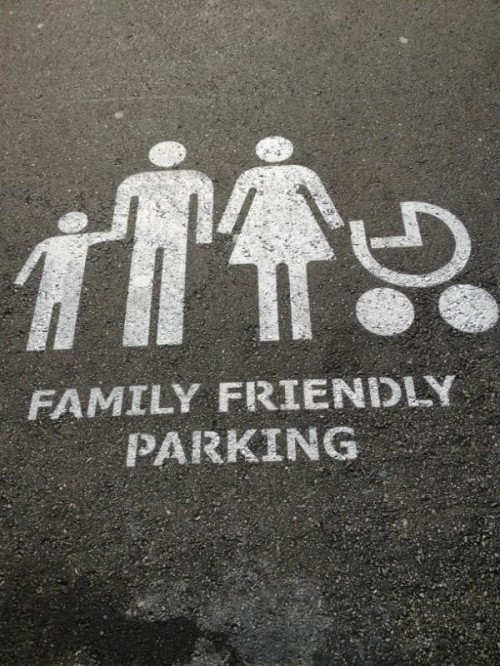Abortion is highly politicized in the U.S. (more so than in many other countries) and the fight between those who are in favor of and against available abortion occurs on two fronts. One is familiar to just about everyone: the effort to overturn Roe v. Wade, the legislation Supreme Court decision that established the legality of abortion in 1973.
The second front, though, is less familiar. It involves reducing the ease of access to legal abortion. Efforts to increase barriers to accessing legal abortion include passing laws that require minors to notify their parents of an abortion or get their consent, requiring mandatory counseling for abortion-seekers, instituting waiting periods, and discouraging medical schools from teaching abortion procedures. Some of the issues of diminishing access are non-movement related; others are the direct result of pro-life activism.
I bring this up in order to focus on an additional barrier to access: a reduction in the number of clinics and hospitals that provide abortions. The map below, based on data from the Guttmacher Institute and compiled by ANSIRH, shows how availability varies by state. In the darkest states, up to 20% of women live in a county with no abortion provider; in the lightest states, between 81 and 100% percent do.

Living far from the nearest abortion provider is a problem especially for low-income women. Such women are less likely to have an employer who will give her a day off to travel to the clinic, less likely to get a paid sick day, and less likely to be able to afford to lose even a single day’s wages. She is also less likely to have a car, making it more difficult to get to a distant location, and less likely to have reliable day care for any existing children. If the state requires in-person counseling and has a waiting period, it means that the woman must take two days off, travel to and from the clinic twice, and arrange for child care on multiple days.
Reduction in the availability of abortion does not necessarily reduce the number of abortions. We recently posted global data showing that less liberal abortion laws actually correlate with higher rates of abortion. The data below, also from Guttmacher, show that were abortion laws are less liberal (largely in developing countries), the rate of abortion is 34/1,000 women oer year, compared to 39/1,000 in developed countries (the difference may look significant here, but imagine how trivial it would look if the horizontal axis went all the way to it’s true maximum of 1,000):

Guttmacher explains that the relevant variable isn’t availability of abortion, but the unintended pregnancy rate (which is surprisingly high in the U.S.).
Barriers to accessing abortion, then, don’t lower the abortion rate. They do, however, increase the likelihood that an abortion procedure will occur later in pregnancy and guarantee a greater logistic burden on the pregnant woman.
Lisa Wade, PhD is an Associate Professor at Tulane University. She is the author of American Hookup, a book about college sexual culture; a textbook about gender; and a forthcoming introductory text: Terrible Magnificent Sociology. You can follow her on Twitter and Instagram.


